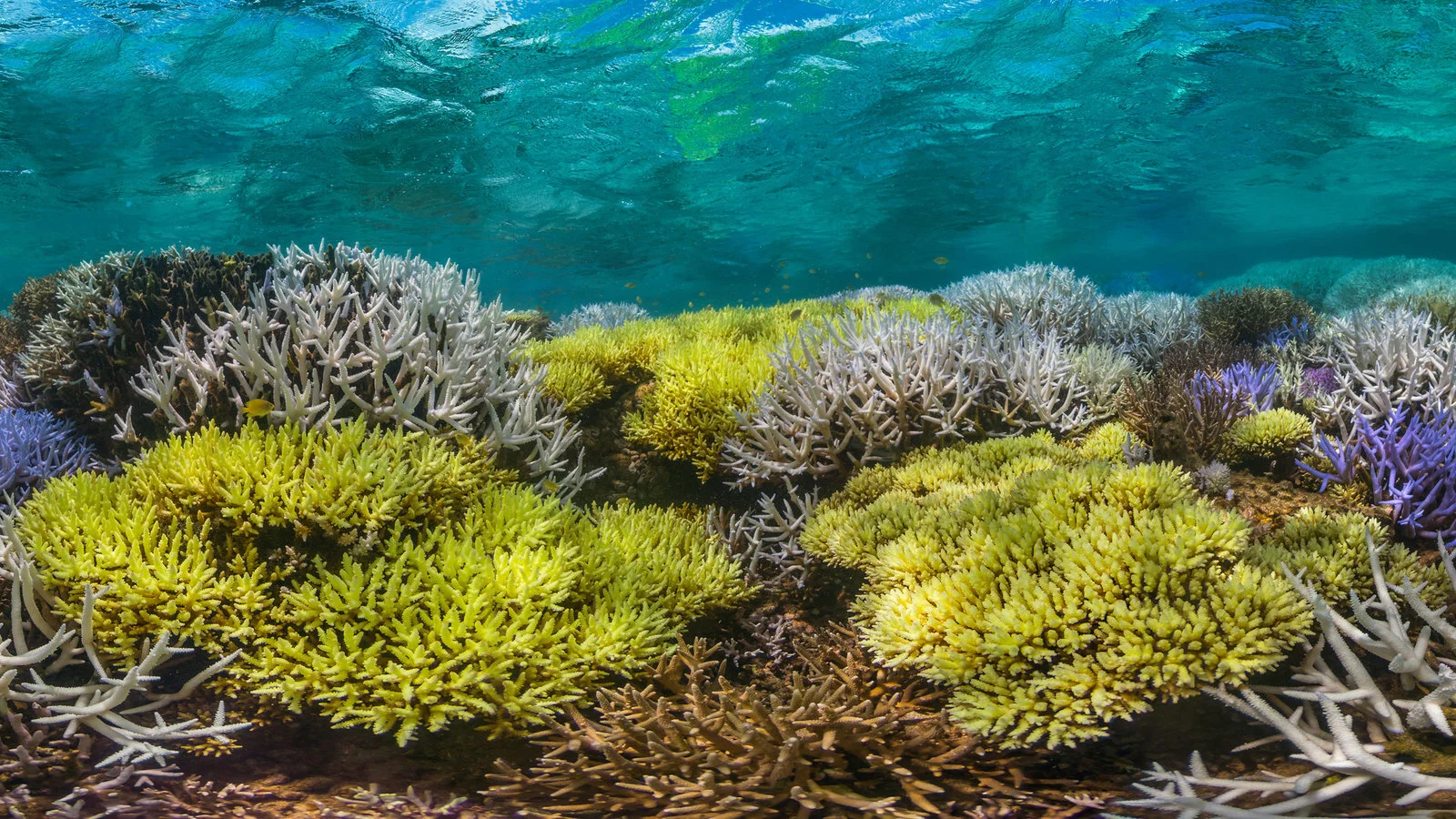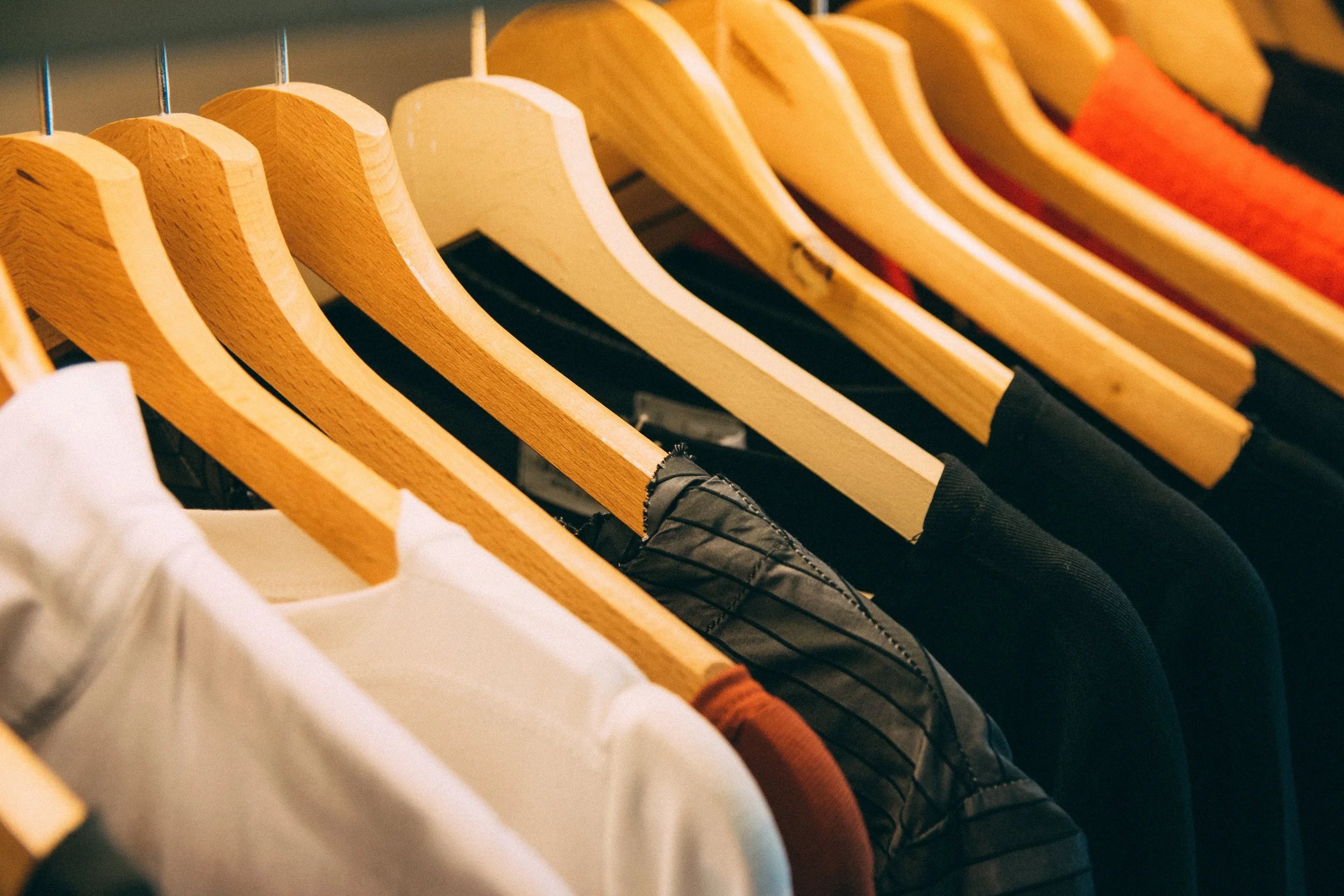The Plastic Scam
Plastic bottles and packaging lining the shore of an ocean. Photo from Earth.
Shannon O’Dwyer
It’s that time of year again: the time when everyone decides that they are going to give back to the planet. We unplug our lights when not in use, we grab our reusable bags to shop, we do our best to manage our waste, and we recycle our plastics. However, what if recycling isn’t enough? What if only about 9% of the plastic that you feel so good about recycling actually gets recycled? That is the bleak and unfortunate reality of the world we live in—a world that doesn’t actually recycle.
“The Plastic River” from how stuff works.
Roughly 8.3 billion tons of plastic have been discarded in the landfills that litter the earth, rapidly piling up to create mounds of pure trash. Plastic floats in our oceans, kills our wildlife, poisons our air, and it is not going away any time soon. According to National Geographic, “If present trends continue, by 2050, there will be 12 billion metric tons of plastic in landfills. That amount is 35,000 times as heavy as the Empire State Building.” The typical plastic water bottle will decompose after about 450 years, and polystyrene foam lasts for about 5,000 years before finally decomposing. The stronger plastics that make up luggage, golf clubs, car bumpers, eye glasses, and waste containers will live on this earth for what seems like forever.
What’s Actually Recycled?
This is not to say that we should no longer wear glasses or buy cars, but what we can do is be conscious of our purchases. Much of the plastic that is being produced today, whether it says it is recyclable or not, may not actually be recyclable.
Plastic is made from all sorts of different materials such as various polymers and other chemicals. Each plastic is broken down into types, categorized by numbers 1-7 (each containing a different primary chemical or resin used to create it). These chemicals cannot mix and therefore cannot be recycled together; in fact, only some of these can actually be recycled. The typical recyclable plastics are: 1 – Polyethylene Terephthalate (PET) – water bottles and plastic trays, 2 – High Density Polyethylene (HDPE) – milk cartons and shampoo bottles, 5 – Polypropylene (PP) – margarine tubs and ready-meal trays as told by SL Recycling. They continue to state the only partially recyclable plastics: 3 – Polyvinyl Chloride (PVC) – piping, 4 – Low Density Polyethylene (LDPE) – food bags, 5 – Polystyrene (PS) – plastic cutlery. The plastics that are the most difficult to recycle/don’t get recycled period are chip bags, salad bags, and plastic wrap to name a few.
Photo displaying the numbers associated with recyclable plastics.” The checks or exes below the number convey if the plastic releases chemicals when melted. Photo from iStock.
What Happens With the Rest?
If roughly only two types of plastics can actually get recycled, what really happens with the rest? Much of the rest of the plastic ends up where all other trash meets its end: a landfill. So when you think that the water bottle or food container you made sure you were putting in the right bin is getting recycled, think again.
“The reason why recycling costs so much is because the big waste management companies realized recycling was taking away from their profits. Recycling is their enemy. That’s the achilles heel of big waste.”
Eventually, much of the garbage and other waste found at the landfill ends up into the ocean. 5.25 trillion tons of plastic broken down into microfibers by the sun are scattered throughout our oceans. Therefore, if you’ve heard of the “garbage barge” or island in the ocean, it is really trillions of microplastic coating the surface. These plastics then get stuck in the stomachs of fish and other sea creatures, even sea birds who eat the fish. Since much of the world’s island countries (among others) rely on seafood as their primary source of food, the plastic then ends up in human stomachs. All of the harmful chemicals that are in these plastics will then be released into your system. Plastic kills animals, fish, and birds, and if we don’t stop the upward pollution trend, it will kill us.
Corporate Lies and Manipulation
A simple solution to the plastic problem would be to produce only recyclable plastic, right? WRONG. Recycling plastic is expensive and often those in charge would rather focus on making a pretty penny than assisting the environment. According to NBC News, “Recycling isn’t a nebulous humanitarian environmental practice of collecting waste. It is, actually, a business. It’s a commodities market that we all participate in. It produces paper pulp and plastic pellets and glass shards and other materials that are used by manufacturers to make goods. So even in the best recycling systems the goods you send to the recycler to be processed are only going to become new products if there’s a market demand for them.” Therefore, even of the certified recyclable plastic, only a small percentage is repurposed due to the consumer demand. The rest of it ends up in the landfill until the market is ripe and ready to produce more recycled products.
The plastic market fluctuates just as the oil market does, meaning that creating new virgin plastic is often far cheaper for the manufacturers to make then attempting to go through the longer and more expensive recycling process. Additionally, the process has become more expensive in the United States than it is in other countries. Beginning in the 1990’s, the U.S. has been sending their most contaminated plastic waste to China. At the time, China was in far more need for raw materials than the U.S., meaning that manufactures could sell lesser plastic for cheap and make a marginal profit.
However, that all changed in 2018 when China adjusted their rules to a stricter margin on trash imports for their anti-pollution campaign. According to 5Gyres:
They banned the imports of “various types of plastic and paper, and tightened standards for materials it does not accept” (Albeck-Ripka 2018). This included becoming stricter about accepting any contaminated or dirty materials. Technically, China will still accept some recyclables, but “it has set such a high bar for the cleanliness of the materials that can be imported that most people in the industry refer to it as a ‘ban’” (Reed 2018).
Our Job
After all of the good you think you’re doing for the planet by recycling, it turns out much of it is for not. Although these statistics may seem disheartening, there is still hope. Here’s what you can do to make a real impact on the environment.
Water Filters and Bottles: Instead of buying bottles of water, buy jugs of refillable water available at some grocery stores. This way you can reuse your plastic while still getting clean water. Better yet, buy non-plastic water bottles and fill them with clean water from a water filter. Water filters come in the form of a jug that sink water can be poured into a filter, or even directly attached to the faucet to dispense filtered water.
Bags: Reusable cotton or non synthetic bags can be purchased and reused hundreds of times when shopping. This way, you avoid plastic bags that don’t get recycled and paper bags that contribute to deforestation.
Buy in Bulk: Choose to buy items in bulk and refill them periodically to save paper and avoid buying other plastic packaging. Stores such as Costco and Sam’s Club make buying in bulk immediately more accessible for average people (particularly families). In addition, Costco offers a variety of reusable and environmentally friendly options. Food can be stored in glass containers or other non-plastic materials.
Dishes, Straws, and Utensils (oh my): Similarly to the first few, buy metal straws and other non plastic utensils/dishes. If you like buying coffee or other beverages, buy a compatible straw on the go.
When in doubt, go reusable!
Resources
A Whopping 91 Percent of Plastic Isn’t Recycled | National Geographic Society
Why can't all plastics be recycled? | Warwick, Rhode Island (warwickri.gov)
Everything Americans think they know about recycling is probably wrong (nbcnews.com)
The Truth About Recycling — 5Gyres.org
The Truth Behind Recycling | Office of Sustainability - Student Blog (usfca.edu)
Plastic Wars (full film) | FRONTLINE - YouTube
What Plastics Can and Cannot be Recycled? - SL Recycling (slrecyclingltd.co.uk)








